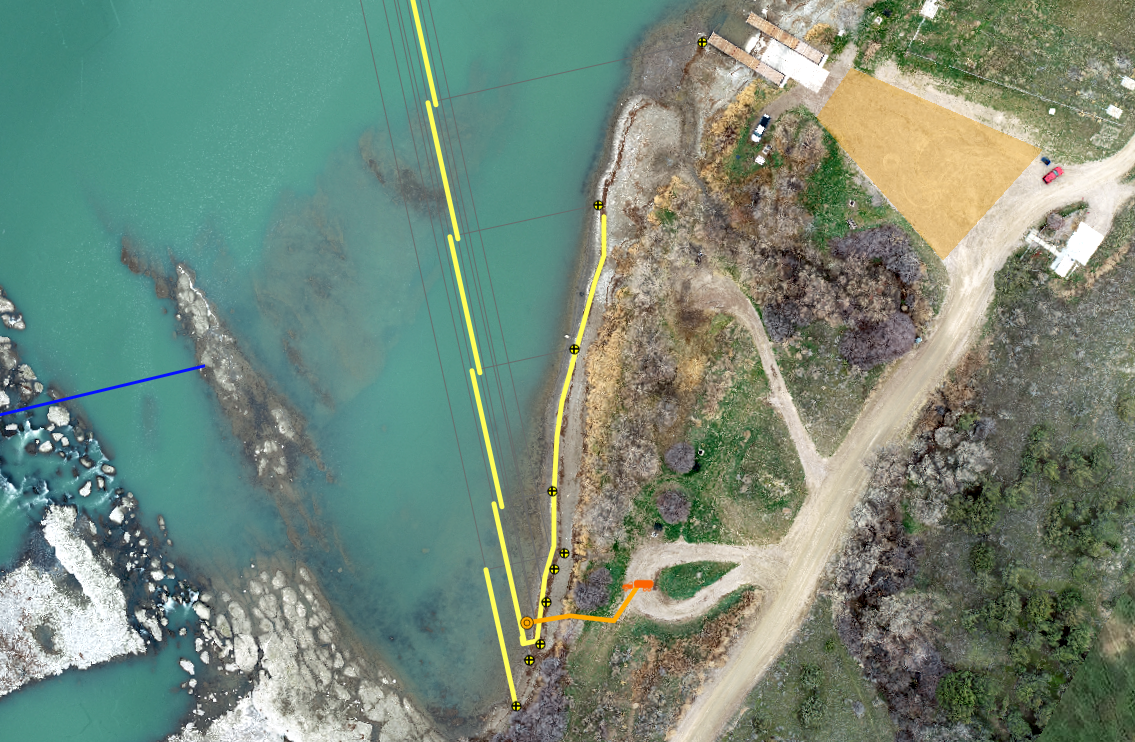Why Move Your Facility Response Plan to a Digital Format?
Digitalizing the preplanned response strategies for a written Facility Response Plan (FRP) in RRapidmapS offers several advantages that benefit facility managers during emergency situations. Here are the key benefits of using RRapidmapS as opposed to relying solely on a written FRP:
1. Enhanced Accessibility: Digitalizing response strategies in RRapidmapS ensures that the plans are easily accessible to all relevant personnel at any time and from any location. Unlike written plans that can be hard to distribute and could become outdated or lost, digital plans in RRapidmapS are centralized and can be updated in real-time.
2. Real-Time Data and Decision-Making: RRapidmapS integrates with systems like ESRI-ArcGIS to provide real-time data and dynamic visualizations. This gives facility managers access to up-to-date information, allowing for swift and informed decision-making compared to static data in written FRPs.
3. Compliance and Documentation: RRapidmapS streamlines the creation and documentation of incident action plans and safety reports, aiding in regulatory compliance. It allows for automated and structured report generation, which can be more challenging to maintain with written FRPs.
4. Resource Optimization: During a crisis, RRapidmapS optimizes the allocation of resources such as personnel, equipment, and supplies, ensuring they are deployed efficiently. Written plans might not be as dynamic, potentially leading to resource mismanagement and delayed response.
5. Communication and Collaboration: With the integration of communication tools like push-to-talk, RRapidmapS enhances collaboration among multiple agencies and contractors, which is often lacking in traditional written-based strategies.
6. Adaptability: In rapidly evolving emergency situations, RRapidmapS allows for the design and adjustment of response strategies on the fly, whereas written FRPs are static and may not easily accommodate last-minute changes.
7. Disaster Preparedness and Training: RRapidmapS is used for tabletop exercises, drills, and training, helping prepare the response team for actual emergencies. This practical, hands-on approach can be more effective than training using only a written FRP.
8. Reducing Complexity: RRapidmapS simplifies complex emergency situations through a user-friendly interface. It reduces the complexity inherent in written documents, which can be lengthy and difficult to navigate quickly during a crisis.
In conclusion, digitalizing preplanned response strategies for an FRP in RRapidmapS provides significant advantages, making emergency management more efficient, compliant, and effective. It transforms the traditional written FRP from a static document into a dynamic, interactive tool that supports the vital needs of facility managers during emergencies.

